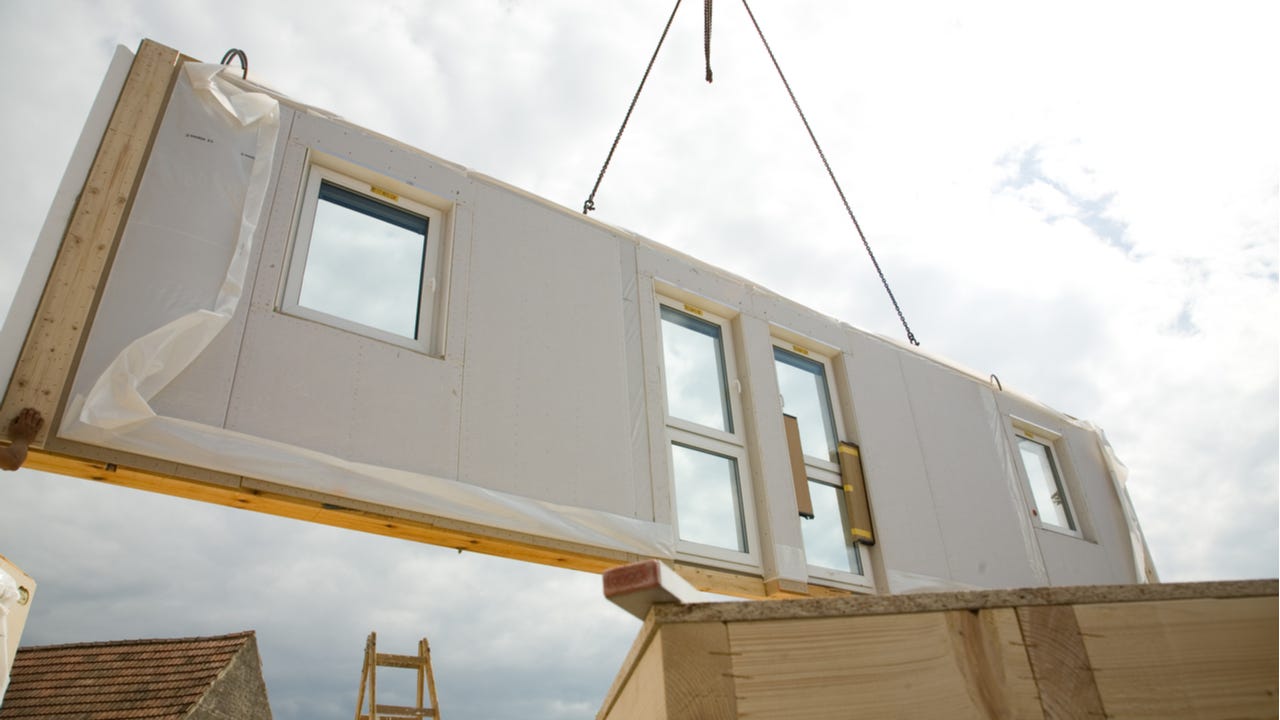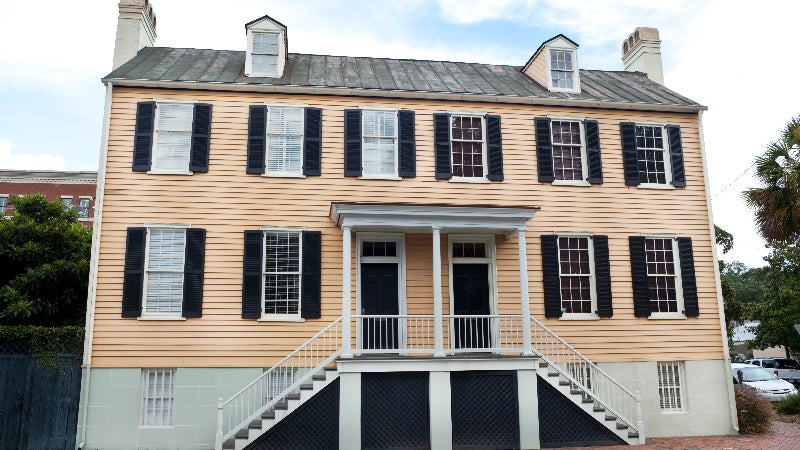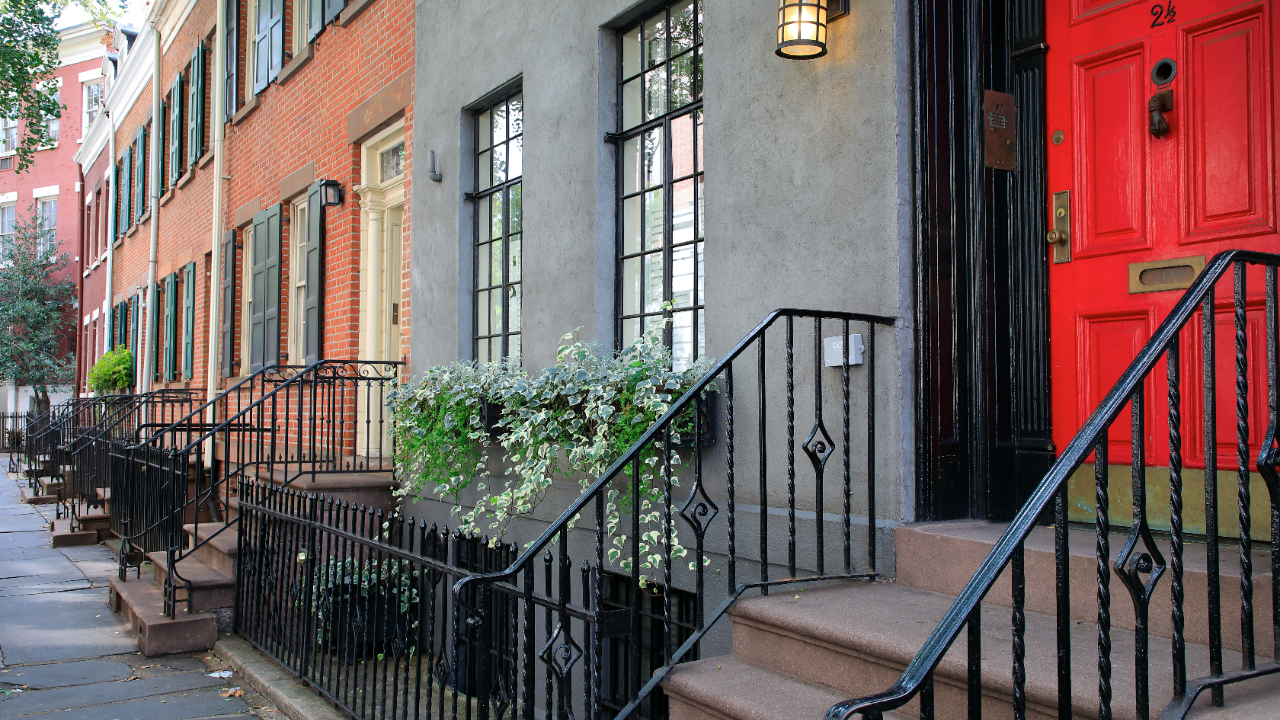What is a modular home?




Sometimes, dream homes can become a reality much faster than you think. Modular houses allow you to construct a home on a plot of land, often faster, cheaper and of equal or better quality than traditional stick-built homes. Here’s everything you need to know about this unique type of home.
What is a modular home?
Modular homes, sometimes referred to as prefab homes, are factory-built houses. They’re made off-site in large factories, then put together at the building site. You’ll need to own or rent a plot of land to install it on.
The styles and layouts of modular homes can be as varied as your imagination, with soaring ceilings, window walls and more, and they can be ordered from standard plans or custom-made to your specifications. The modules are trucked to the site and then assembled with cranes in your desired configuration.
Modular houses vs. manufactured and mobile homes
While a modular home is technically manufactured, it’s not the same as what we call a manufactured home or mobile home. That’s mainly because of the way modular homes are built, explains Benjamin Ross, a real estate expert and investor in Texas.
“Manufactured homes have a distinct look because they are not built on a foundation,” Ross says. “Modular homes and traditional stick-built homes can be difficult to tell apart from each other.”
“Modular homes are permanently attached to their foundations, and once they are installed, they are effectively and legally no different from other site-built homes,” agrees Gordon Stott, co-founder of Connect Homes in Los Angeles.
Another key difference is where the home is allowed to be located. “Manufactured homes can typically only go in areas where zoning allows — trailer parks or very rural areas,” Stott says. Manufactured and mobile homes are also built to a different set of codes than modular homes, which are typically constructed based on local regulations.
Furthermore, Stott says, modular homes are legally classified as real property, while manufactured or mobile homes are considered personal property. Manufactured homes can become real property when they are permanently affixed to the ground. But mobile homes, which can move from one location to another, are typically taxed similar to vehicles and thus depreciate in value.
Pros and cons of modular homes
Pros
- Shorter building time: Since modular homes are made in a factory and assembled on-site relatively quickly, there is less chance of weather-related setbacks.
- Flexible specifications: You can build your home exactly the way you want it. There are few limits on size because, while the individual elements do have to fit on a truck, they are not combined until they arrive at the site.
- Reduced waste: Constructing a modular home is a green process, and reduces material waste, transportation impact, energy use and operational impact.
- Potentially better construction: Because of the factory setting in which modular homes are made, there are quality controls and standards that might not be present with other types of construction.
Cons
- Customization limitations: While you can create a home to your liking, you do have to work within the limitations of what the factory can produce.
- Additional costs: Electrical, plumbing and ductwork aren’t typically part of the base modular home pricing, so you’ll have to pay to have this work done. You’ll also have to shell out for the land you’re building on.
- Preconceived notions: Some people believe modular homes aren’t as well-constructed or sturdy as traditional builds, which might make it more difficult to sell in the future.
How much does a modular home cost?
Modular homes can vary widely in size and scope, so the cost varies with many factors. Here’s a breakdown of what you might expect to spend, according to HomeAdvisor estimates:
- Foundation: The foundation of a modular home with a basement can cost between $18,000 and $30,000. A foundation with a crawl space can cost somewhat less, between $8,000 and $21,000. There are also prefab concrete foundations that cost even less.
- The house itself: Base-model modular homes can range between $40 and $80 per square foot. At that rate, an 1,800-square-foot home would cost between $72,000 and $144,000. The all-in cost with installation is closer to $100 to $200 per square feet, or $180,000 to $360,000 for an 1,800-square-foot home.
-
Utilities: The cost of utilities, connecting to the electrical grid and installing a well and septic system or hookups can be between $3,000 and $20,000.
How long do modular homes take to assemble?
While a modular home generally goes up faster than a traditionally built home, the process does take time: typically anywhere from four to nine months. The exact timeline depends on the size of the home, how long it takes to get permits and whether you’re using a standard floor plan or have added customizations. Sometimes builders have a backlog of projects that can delay things, while others have capabilities that can expedite the build.
How does financing work for a modular home?
As with any home purchase, there are a few different financing options for a modular home. One common route is a construction loan, which is a shorter-term loan that funds the cost of the land and project. Construction loans can be structured in several ways, but typically once the home is complete, the loan converts to a mortgage.
“[The] process isn’t much different from financing the construction of a typical home,” Stott says. “You get a construction loan, which can be rolled over into a fixed-rate mortgage.”
Construction loans can be obtained from a variety of mortgage lenders, including banks, credit unions and other institutions, and sometimes through the builder’s preferred lender partner.
Who is a modular home right for?
Modular homes could work for many different types of buyers, Stott says. These include:
- Empty-nesters looking to downsize
- Couples looking for backyard units, like tiny homes
- Families looking to upgrade a dated property in a nice but expensive neighborhood
- Anyone looking to save time and/or money on new construction
- Individuals in areas so remote that hiring local builders is impossible or prohibitively expensive
Finding a modular home builder
Find a lender. “Start with the lender,” Ross says. “You first need to know if you are approved and how much you are approved for. They will then direct you to various modular companies they have worked with in the past.”
Do your research. It’s important to first know whether your area allows for modular homes, and, if so, to then find a reputable builder. Consider builders who can show you their track record or point you to testimonials or past projects. You can also vet the builder through the Better Business Bureau or based on other third-party reviews.
Ask about price and process. After you’ve found a builder, ask about what is and isn’t included in the base price of the home. What do you need to pay for upfront and what do you pay at the end of the project? Has the builder made arrangements for the appropriate inspections to obtain a certificate of occupancy? Be sure to get everything in writing, including the prices you were quoted.
Find other housing types:
| House type | Who it’s right for: |
|---|---|
| Apartment | Apartments are suited for anyone looking to stay in a prime location for a cheaper price near shopping, restaurant and entertainment centers, often at a more affordable cost than buying a condo or single-family home. |
| Condominium | Condos appeal to those looking for lower-maintenance living, a home with a sense of security and opportunities to be social with neighbors, among other factors. |
| Townhouse | Townhouses are a particularly good option or first-time homebuyers or other budget-minded homebuyers who want more space than typically afforded in a condo. |
| Modular home | Modular homes are enticing to empty-nesters looking to downsize, couples looking for backyard units like tiny homes or families looking to upgrade their dated properties in nice but expensive neighborhoods. |
| Single-family home | Single-family homes are best for families who prefer a huge yard and plenty of room to spread out. |
| Multi-family home | Multi-family homes are best for those who are interested in getting into real estate investing and are comfortable with the added responsibility and time commitment that comes with being a landlord. |
| Bungalow home | At between 1,000 and 2,000 square feet, bungalows are a great option for young families looking for a starter home or retirees hoping to downsize in a home without stairs, or single homeowners who want the single-family home lifestyle without managing a huge property. |
| Co-op | Co-ops are most often found in major cities, and they can be good for those looking for security or neighbors who largely adhere to the building’s rules and policies. |
| Patio home | Typically capped at one-and-a-half stories and part of a larger association, patio homes are best for homeowners who don’t want to deal with stairs or maintenance. |
| Ranch home | Ranch homes are ideal for anyone who prefers single-story living. Singles, couples and families with children can find something to love about a ranch home. |




